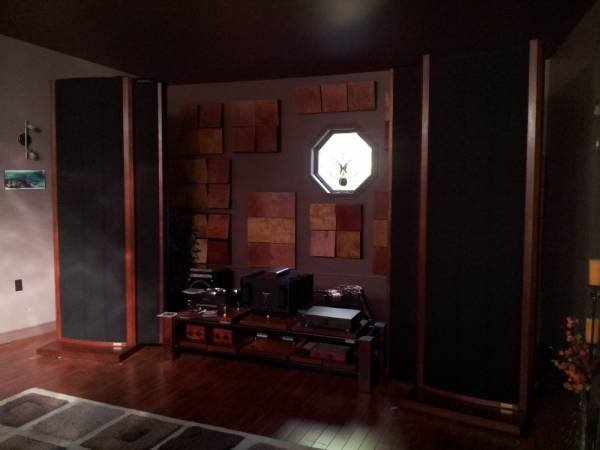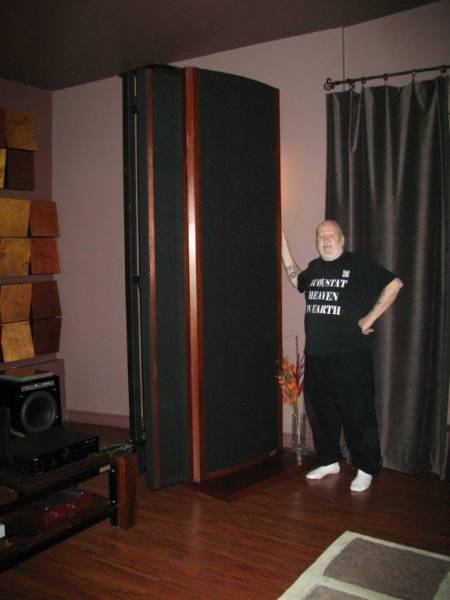Do you mean time frame? My guess is that the sequence was something like this:
Full-Range
Scintilla
Duetta
Diva
Grand
Mini-Grand (Studio Grand?)
Stage
I may be wrong about the last three, but there are others on this forum who will know.
From one of the apogee legacy sites:
1982 The Full Range also known as "The Apogee" is the first full ribbon speaker released
1985 The legendary Scintilla is released to critical acclaim around the world
1986 Release of the original Duetta, a smaller and more importantly easier to drive Apogee
1987 Release of the Caliper, the smallest Apogee so far, and the revised Duetta II
1988 The Diva, Apogees second 3 way with a true ribbon tweeter enters production, late 1988 saw the release of Duetta Signature which came to be Apogees most popular speaker
1989 The revised Caliper Signature is released
1990 Apogees smallest and cheapest speaker the Stage is released, the first with etched ribbon components
1991 The Centaurus range, Centaur Minor, Centaur and Centaur Major are released, Apogees first hybrid range ribbon/cone speakers
1992 Release of the Grand series, Mini Grand, Studio Grand, and Grand the companies statement speaker
1994 The Slant range, replacement range for the Centaurus are released
1998 Home theatre LCR (Perseus), Ribbon Monitor, Column and In-wall speakers released, ADS Technology Inc purchase Apogee
1999 ADS closes Apogee Acoustics as it is considered not commercially viable, leaving owners without spares support, Matt Carnicelli starts the Apogee Acoustics Users Group




